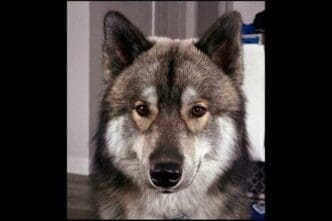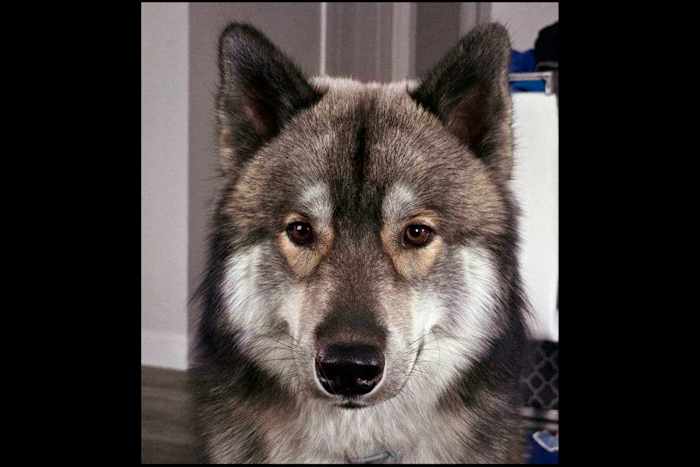In a tragic case of mistaken identity, an animal control officer in Northbridge, Massachusetts, fatally shot a husky named Odin after mistaking it for a coyote—a decision that has sparked outrage and concern in the local community.
The incident unfolded on November 19, 2024, when local police received an alarming call about a coyote allegedly spotted in a residential area. Northbridge Chief of Police, Timothy Labrie, explained that the responding animal control officer ventured into the woods, where they believed they encountered a dangerous coyote and proceeded to shoot. Only after the shooting did the officer realize that the animal was not a coyote, but a pet dog, recognizable by its flea collar.
Kirk Rumford, Odin’s owner, expressed his distress and disbelief over the event, stating that his husky, less than a year old, bore little resemblance to a coyote. Rumford humorously yet poignantly remarked, “My dog would have been the most gorgeous coyote ever, on steroids… My dog was beautiful. He looked like a wolf if anything, and there are no wolves in Massachusetts.” The loss of Odin has not only affected Rumford personally but has also resonated with the broader community.
Despite the growing support for Rumford, Police Chief Labrie defended the officer’s actions, suggesting that from the perspective of the officer, it was a reasonable mistake due to the uptick in coyote sightings in the state. He asserted the importance of preventative measures, advising dog owners to secure their pets by maintaining fenced areas and using identifiable markers, especially for dogs prone to wander.
The event points to a broader concern regarding human-animal interactions in Massachusetts. Nahant, another town in the state, has even taken measures to work with federal authorities in reducing coyote populations due to similar fears and incidents. This raises significant questions about the approach to managing coyote populations effectively.
Scientific studies continue to explore the impact of such measures. Remington Moll, an assistant professor from the University of New Hampshire, recently published a study indicating that efforts to reduce coyote populations might inadvertently result in younger populations that reproduce more rapidly. These findings suggest a complex balance between wildlife control and coexistence.
Looking back at Northbridge, the situation involving Odin highlights the complexities and challenges in distinguishing between wildlife and domestic pets—a reality that has stirred a mix of emotion and debate on effective management practices.
The unfortunate incident in Northbridge serves as a reminder of the ongoing challenges in managing wildlife interactions in populated areas. As debates around appropriate measures continue, communities strive to find a balance that ensures safety while respecting both domestic and wild animals.
Source: News4jax








